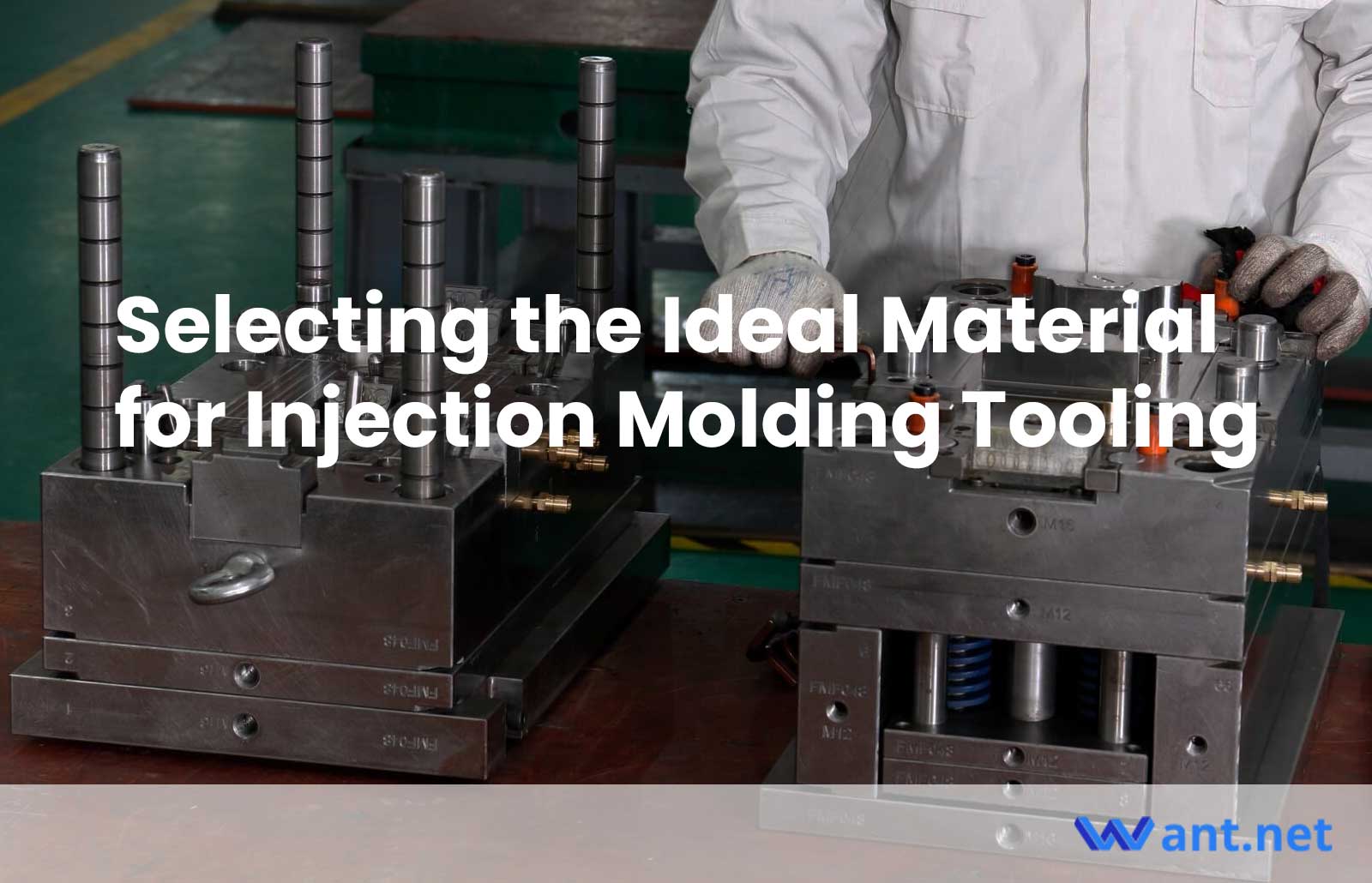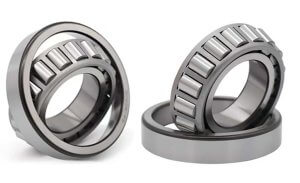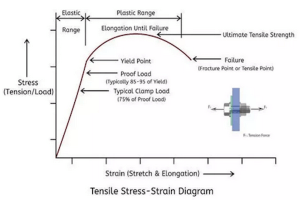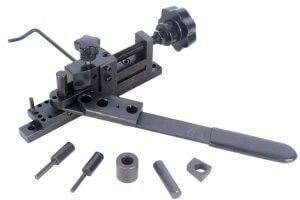When developing injection molding part designs, engineers and product designers often focus on selecting the right grade of plastic. Equally important, but sometimes overlooked, is the choice of metal material used to manufacture the mold tool. Different grades of metals are commonly used for tooling and are suitable for different stages of product development and validation. These materials impact the tooling lead time and cost, part cycle time and unit cost, and precision and appearance of the plastic part.
To select the right tooling material, it’s important to understand the advantages and disadvantages of each material and the common use cases. There are three main categories of tooling materials: Aluminum, soft/semi-hardened steel, and hardened steel.
Aluminum:
Advantages:
- Lightweight: Aluminum is lighter than other materials commonly used for molding tools, which reduces the stress on the molding machine and prolongs its lifespan.
- Good thermal conductivity: Aluminum dissipates heat effectively, which helps regulate mold temperature and ensures uniform cooling of the molded parts.
- Cost-effective: Aluminum is less expensive than steel, making it a more budget-friendly option for many businesses.
- Easy to machine: Aluminum is easier to machine than other metals, allowing for fast and accurate production of mold components.
- Corrosion resistant: Aluminum has good resistance to corrosion, which helps prolong the life of the mold.
Disadvantages
- Lower hardness: Aluminum is less hard than steel, which can lead to wear and tear over time and shorten the lifespan of the mold.
- Higher thermal expansion: Aluminum has a higher thermal expansion rate than steel, which can result in dimensional inaccuracies and warping of the mold.
- Lower strength: Aluminum has lower strength than steel, making it less suitable for molds requiring high strength and rigidity.
- Shorter lifespan: Aluminum molds typically have a shorter lifespan than steel molds due to the material’s lower hardness and strength.
- Lower dimensional stability: Aluminum molds may experience more dimensional instability due to its high thermal expansion, which can affect the accuracy of the molded parts.
Soft and Semi-Hardened Steels
P20
P20 is a commonly used, general-purpose tool material. It provides a good balance between cost, lead time, part quality, and dimensional part stability. P20 is harder than Aluminum, and its tool life is 5-10 times higher, with a range of 50,000 to 100,000 shots, depending on the plastic material and part design. It does not require heat treatment and can be machined faster than other harder steel grades. Additionally, P20 is easily welded, providing more flexibility for engineering changes (ECOs) and repairs. However, the available lead time for P20 maybe 1-2 weeks, while aluminum equivalents can be completed in days.
H13
Advantages: Longest tool life, suitable for high production runs. Disadvantages: Higher cost and longer lead times.
To find the right material, consider the factors such as lead time, part quality, cost, and tool life. It’s recommended to create a “game plan” early in the design process to ensure the right material is chosen and to efficiently bring the product to market.
NAK80
NAK80 is a semi-hardened tool steel, often used for highly polished, clear, or glossy plastic parts. It is also used when the tool life needs to be longer than P20 steel or when a part has several side actions. NAK80 has advantages and disadvantages similar to P20, with the added benefit of polishing well and producing optically clear and high-gloss parts. However, it costs more than P20 and typically takes 20-25% longer to produce the tooling.
Hardened Steels
Hardened steels are used for high-volume production tooling and are typically multiple cavities with hot runner systems. They provide the longest tool life but have the highest manufacturing time and tooling costs. H13 is the most commonly used grade for high-volume production tooling. It is good for thermal fatigue and has a longer tool life. H13 can better resist wear from plastic materials with glass-filled additives than the other metal materials mentioned. The available tool life for H13 is 500,000 to 1 million shots, with good dimensional tolerances and resistance to thermal fatigue. However, the manufacturing time and tooling costs are higher than other materials.
Conclusion
Aluminum is a popular material choice for injection molding tools due to its strength, durability, and affordability. It is important to weigh the pros and cons of using Aluminum before deciding for your specific injection molding needs. At Want.net, we are a professional injection molding manufacturer with years of experience in the industry. If you are looking for affordable injection molding services, we invite you to get a online quote from us. Our team of experts will work with you to determine the best material and solution for your project.
Other Articles You Might Enjoy
- Material For Injection Molding: Everything You Should Know
Tooling Metals for Injection Molding The selection of metal for tooling is a critical decision that can affect the quality and efficiency of the injection molding process. The following factors…
- Everything You Should Know About ABS Injection Molding
ABS is a common plastic injection molding material that contains three main ingredients. ABS's "A", acrylonitrile, confers hardness, heat, and chemical resistance. The "B", which is butadiene, gives toughness and resistance…
- Silicone vs. Plastic Injection Molding: Which Material Fits Your Product Best?
Introduction to Injection Molding In the manufacturing industry, injection molding is a commonly used technique. It is a process where material, either silicone or plastic, is heated until it melts…









